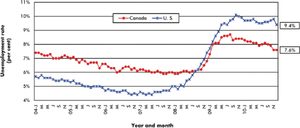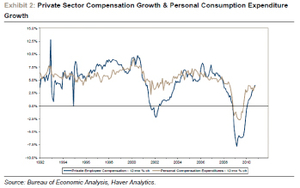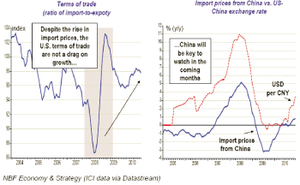El sector más dinámico de la economía de Paraguay, la construcción, está sufriendo una grave parálisis debido a la falta de su elemento principal: el cemento.
Según la Cámara Paraguaya de la Construcción (Capaco), entre el 20% y el 30% de las obras están totalmente frenadas, mientras que el 50% sufre atrasos en sus cronogramas de ejecución.
La presidenta de Capaco, Ana Lucy Porro, dijo a BBC Mundo que la escasez de cemento es un problema que se da cíclicamente desde hace cinco años. Sin embargo, la "crisis actual" comenzó en febrero de 2010 y se agudizó a partir de junio de ese año.
El núcleo del problema está en la Industria Nacional del Cemento (INC), la empresa estatal que es la única productora de cemento en el país.
La propia INC admite que no da abasto para suplir las demandas de la industria de la construcción nacional.
"Normalmente logramos abastecer sólo al 70% del mercado, pero el fuerte crecimiento de la industria generó un déficit más fuerte", señaló la vocera de la INC, Cynthia Páez.
Un boom
El crecimiento al que hace referencia Paez es un aumento del 13% en la construcción, en el último año.
La analista política Milda Rivarola dijo a BBC Mundo que ese boom se generó como consecuencia del fuerte impulso económico que vivió el país en 2010, gracias a la venta de soja, su principal bien de exportación.
"El Producto Interno Bruto paraguayo creció un 14,5%, uno de los aumentos más fuertes en la región", señaló la experta.
Muchos paraguayos, como la propia Rivarola, decidieron invertir su dinero en la construcción, considerado el principal mecanismo de ahorro en el país.
Eso llevó a una sobre demanda de cemento, un bien ya de por sí escaso.
"Históricamente el mercado de la construcción insumía unas 40.000 bolsas de cemento al día. Ahora, la demanda subió a 60.000 bolsas diarias", señaló Páez.
En ningún lado
En los últimos meses, la INC ha logrado apenas ofrecer 20.000 bolsas de cemento diarios, que son destinadas a las obras públicas del país.
Eso significa que la mayoría de las construcciones privadas dependen de otros medios para obtener su materia prima.
"En el pasado, se importaba cemento de países vecinos, en especial Brasil, pero el aumento de la construcción allí y en países como Uruguay y Argentina redujo la oferta exportable", explicó Rivarola.
La vocera de la INC dijo a BBC Mundo que el terremoto que azotó a Chile hace casi un año, y el enorme proceso de reconstrucción que le siguió, también absorbieron todos los excedentes de la región.
La falta de cemento y la fuerte demanda han generado especulación, provocando un alza de precios que -según la Capaco- triplican los del costo de fabricación.
Algunos legisladores de la oposición también acusaron a la INC de corrupción y de "favorecer a amigos del gobierno" en la entrega del material preciado.
Páez niega que haya favoritismos, aunque admite que para le empresa es imposible controlar que sus vendedores no están pidiendo dádivas a las constructoras, como también acusa la Capaco.
No obstante, la vocera aseguró que la INC no ha recibido denuncias en ese sentido.
¿Se solucionará?
A pesar de que se trata de un problema de larga data, la cementera asegura que la provisión de cemento se normalizará en los próximos 15 a 20 días.
Esto, gracias a la importación del insumo principal del cemento, el clinker, que es el que está dificultando la producción local del material.
"Este miércoles recibimos 20.000 toneladas de clinker de España, y en 30 días recibiremos 40.000 toneladas más", aseguró la vocera a este medio.
Así, la empresa estatal prevé poder ofrecer unas 70.000 a 80.000 bolsas de cemento diarias en el futuro cercano.
Para la Capaco, habrá que ver para creer antes de dar por solucionado el tema.
"Primeramente querríamos ver que ese clinker llegue a Paraguay. Tenemos nuestras dudas ya que la capacidad de producción de la fábrica es incierta, por la falta de mantenimiento de varios años", afirmó la presidenta de la Cámara.
Sin embargo, la agrupación se mostró confiada en que el desabastecimiento se logrará zanjar para el año próximo, cuando se espera la entrada en funcionamiento de dos cementeras privadas que producirían en conjunto unas 35.000 bolsas diarias.




